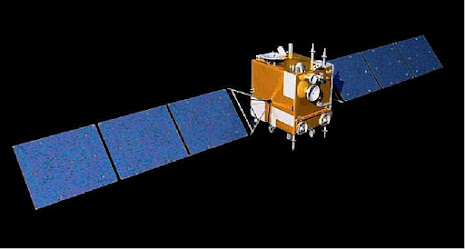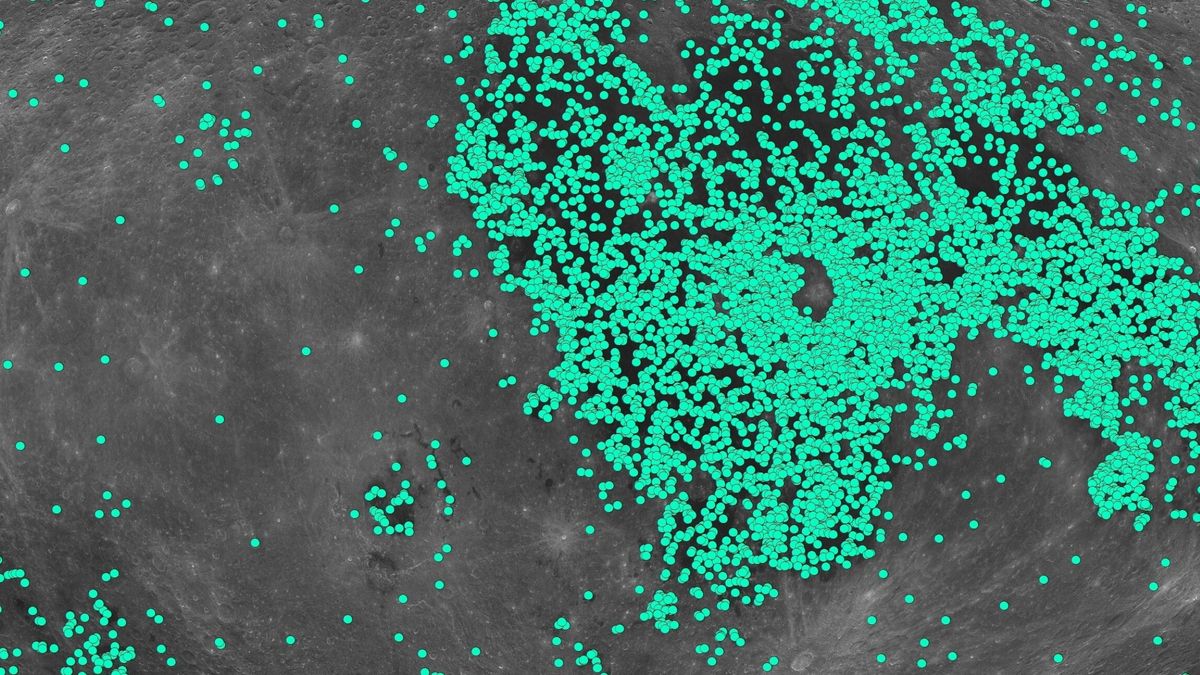.What Researchers Found.
Hey All, Welcome back to another blog where we are going to discuss something strange recently happened captured with Chinese Probe Chang'e 1 and Chang'e 2.
As we all know, That Space is already a hell mysterious, Everytime Human enters Space, they found something very mysterious just like that, this time we found something mysterious.
Chang'e 1 And Chang'e 2
Let me tell this to those who don't know a bit about this Chang'e 5 because they dont even care, they are just restricted themselves to friends.
Chang'e 1 was launched on October 24, 2007 and the purpose was to create an accurate and high-resolution 3-D map of Moon's surface.
 |
| Pic By China India Dialouge |
Chang'e 2 was another unmanned lunar probe that was launched on 1 Oct. 2010, You can say a follow-up probe, The purpose was to establish Chinese Tracking and control network as well as to directly explore asteroids.
 |
| Pic by eoPortal |
What Happened?
A worldwide group of analysts has recognized more than 109,000 beforehand unrecognized effect pits on the moon utilizing AI techniques.
The investigation, driven by scientists from Jilin University, was distributed in the Journal Nature Communications.
As we all know, that most of the lunar creature is covered with Craters.
 |
| Pic By Live Science |
With conventional programmed recognizable proof techniques, it is by and large hard to track down unpredictable and truly debased effect pits that may have framed in the early periods.
To visibly distinguish holes and gauge their age, scientists applied an exchange learning technique and prepared a profound neural organization with the information of recently recognized holes, reports Xinhua news office.
By consolidating the information gathered by China's Chang'e-1 and Chang'e-2 lunar tests, scientists distinguished 109,956 new cavities. They additionally assessed the ages of 18,996 recently recognized cavities bigger than 8 km in measurement.
In the interim, scientists have set up another lunar effect pit information base for the mid-and low-scope districts of the moon.
Yang Chen of Jilin University, who is one of the specialists, said the lunar cavity information base is of incredible incentive to logical examination on the moon.
"The embraced procedure can be applied to help hole considers, producing solid proposals for planetary examination," Yang said.
This exploration model has been applied to the distinguishing proof of little effect cavities at the Chang'e-5 test's arrival site, Yang added.


1 Comments
Comment down below and tell me have you considered that what more could be in Space?
ReplyDelete